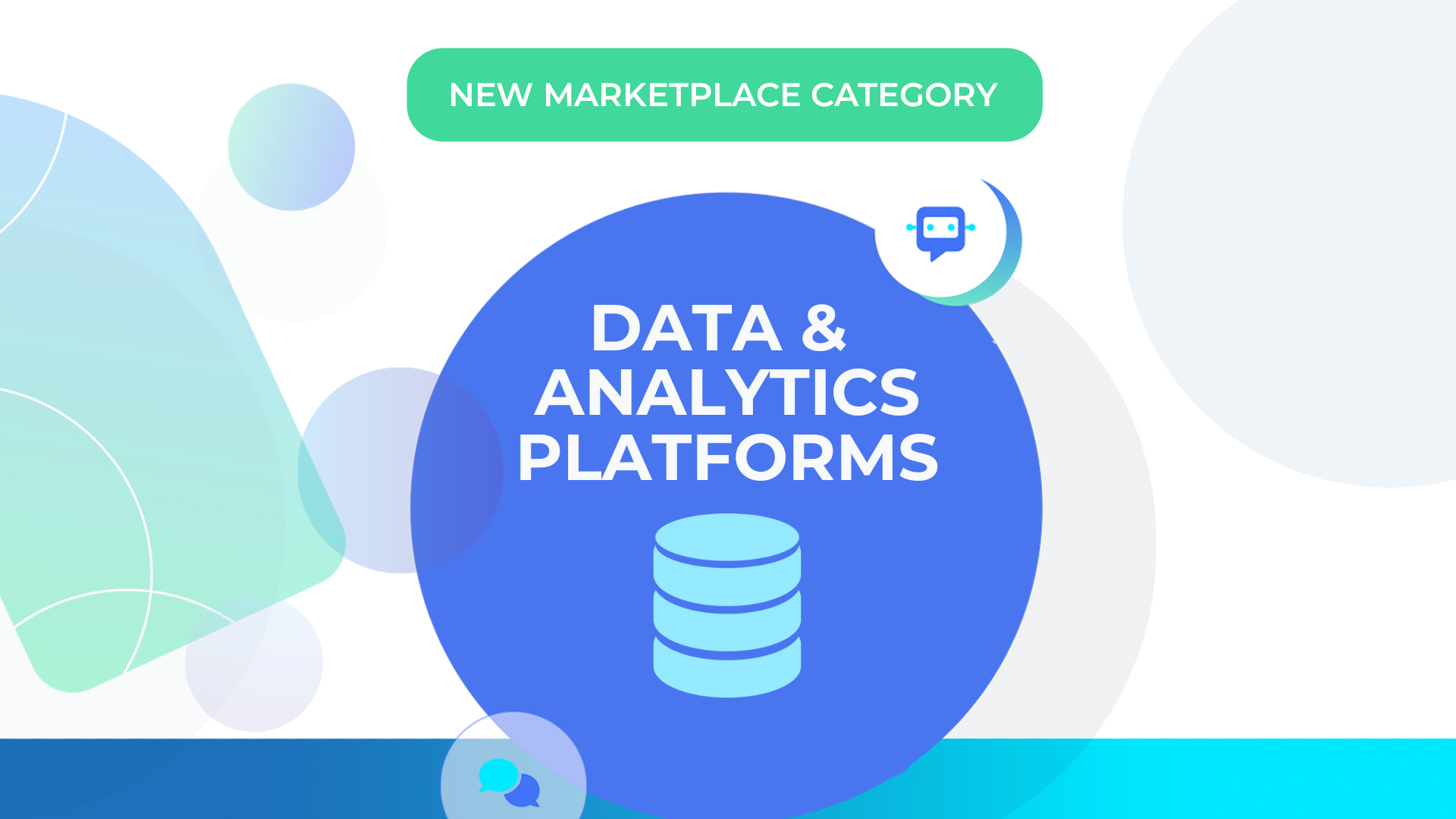Panda Health is excited to announce the addition of our newest category: Data and Analytics Platforms.
What are Data and Analytics Platforms?
Health systems and hospitals are grappling with managing and analyzing vast amounts of data, often measured in terabytes. To address this issue, hospitals and health systems require a data platform offering advanced analytics for targeted care, combining elements of data lakes, data warehouses, and prescriptive and predictive analytics. These platforms need an open architecture that accommodates unstructured data such as video and audio, can handle streaming data for real-time or near real-time analysis, provides data governance and quality assurance, and supports reporting and predictive analytics from a single source of truth.
Organizations adopting these data platforms will be better equipped to deliver high-quality, consistent care. Managing the data more efficiently allows organizations to meet the needs and expectations of their patients. It identifies ways of reducing costs and administrative burdens for clinicians and other care team members.
The Data and Analytics Platforms category offers solutions to aggregate and analyze healthcare data from various sources. With the ability to consume structured and unstructured data, including medical, pharmacy claims, lab data, and more, these platforms provide health systems with extract, transform, and load (ETL) capabilities to normalize data and make it more readily available.
How do Data and Analytics Platforms benefit hospitals and health systems?
By addressing data silos and long implementation cycles, health systems can improve medical care, make administrative processes more efficient, streamline OR/ER workflow efficiency, and reduce burnout among clinical staff. Ninety percent of healthcare organizations currently report some level of revenue loss. Data and Analytics Platforms offer a much needed solution to this problem.
Data and Analytics Platforms also have robust security and privacy policies to protect sensitive information. This is becoming an even greater challenge with the vast volume of new data generated daily. In fact, by 2025 the compound annual growth rate (CAGR) of data for healthcare will reach 36%. As such, we recommend that health systems invest in vendors that prioritize flexibility and innovation and support both cloud and on-premises deployment to address current and future use cases.
Additional benefits for healthcare providers include:
- Ability to consume data from a variety of sources and load it into the platform
- Managing and operating normalized data
- Securely storing and governing the data
- Providing a clear understanding of where the data originates
- Delivering pre-built and customizable reports for clinical systems improvement, research, compliance, and patient experience
Panda Health looks forward to helping hospitals and health systems select the right solution for their data needs.
